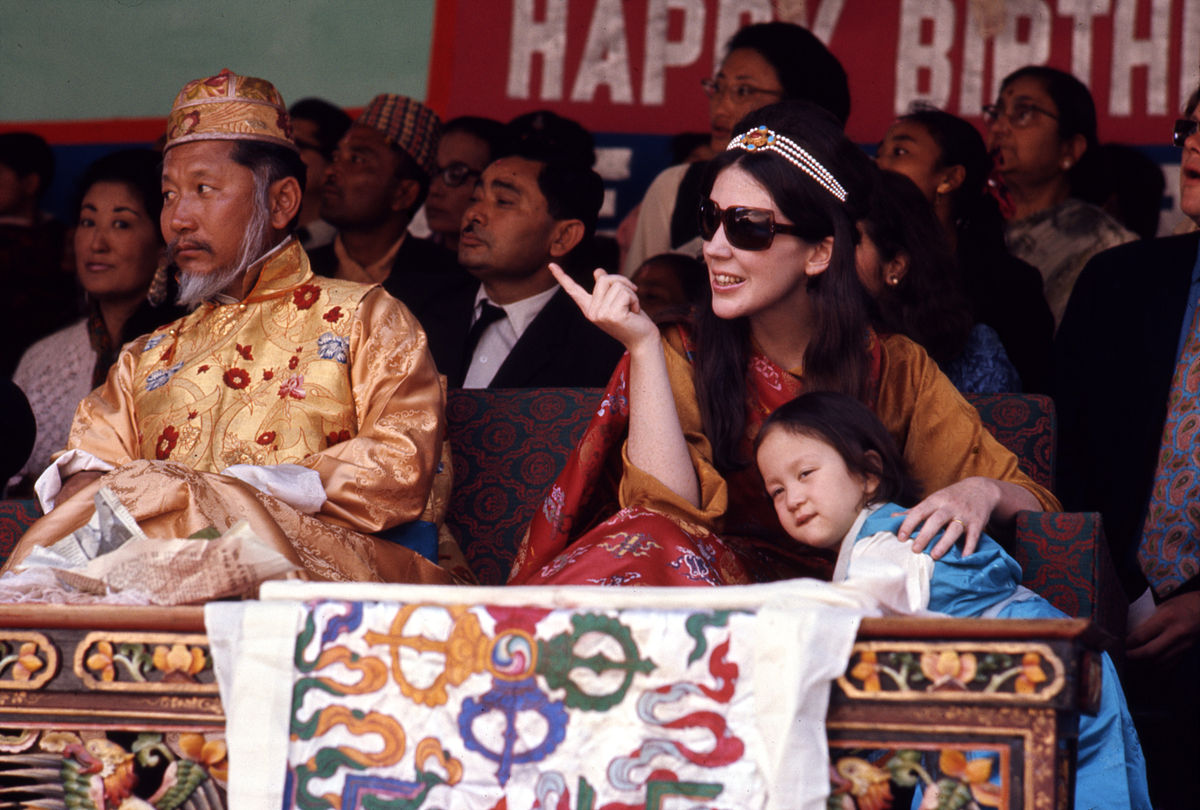
Merger of Sikkim
Sikkim, IndiaIn 1973, the Kingdom of Sikkim experienced anti-royalist riots, marking the beginning of a significant political shift. By 1975, the Prime Minister of Sikkim appealed to the Indian Parliament for Sikkim to become a state within India. In April 1975, the Indian Army entered Gangtok, the capital city, and disarmed the palace guards of the Chogyal, Sikkim's monarch. This military presence was notable, with reports suggesting that India stationed between 20,000 to 40,000 troops in a country of just 200,000 people during the period of the referendum.
The referendum that followed showed overwhelming support for ending the monarchy and joining India, with 97.5 percent of voters in favor. On May 16, 1975, Sikkim officially became the 22nd state of the Indian Union, and the monarchy was abolished. To facilitate this incorporation, the Indian Constitution underwent amendments. Initially, the 35th Amendment was passed, making Sikkim an "associate state" of India, a unique status not granted to any other state. However, within a month, the 36th Amendment was enacted, repealing the 35th Amendment and fully integrating Sikkim as a state of India, with its name added to the First Schedule of the Constitution. These events marked a significant transition in Sikkim's political status, from a monarchy to a state within the Indian Union.
